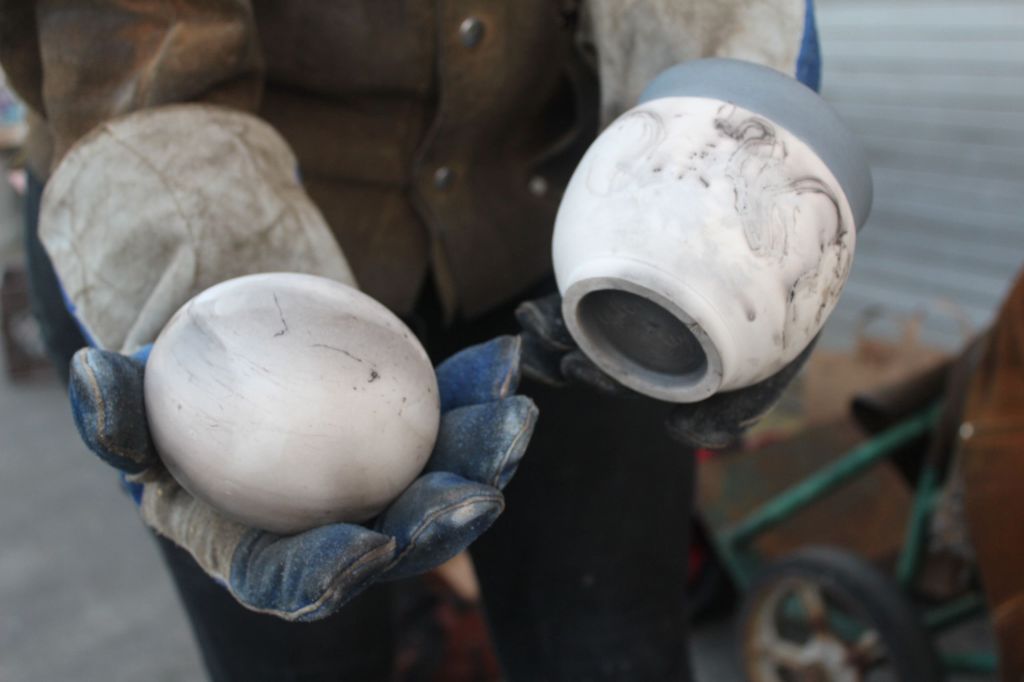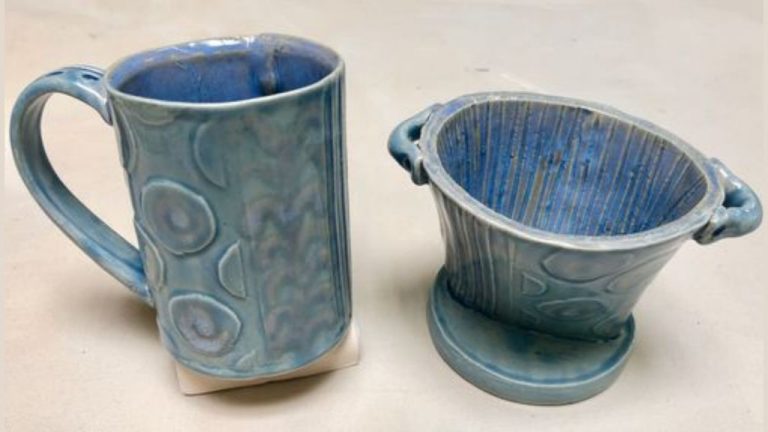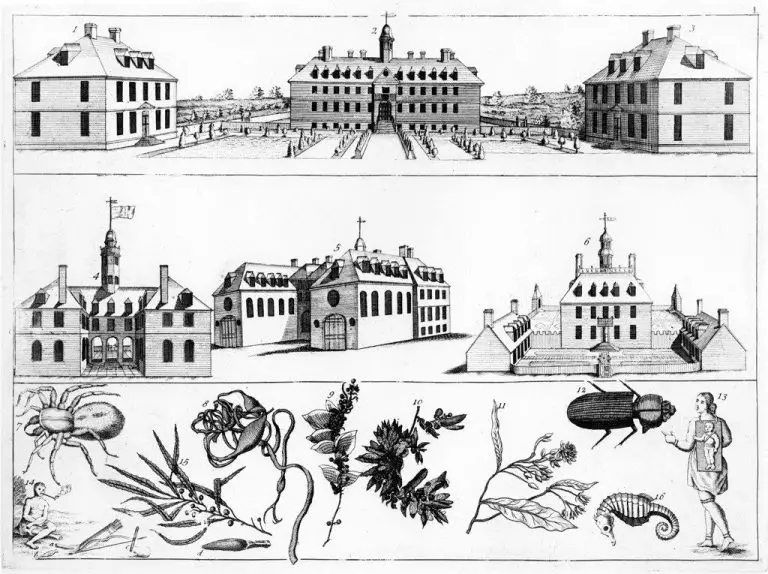How Hard Is It To Learn Ceramics?
Ceramics are objects made from clay that are fired in a kiln to create pottery and sculptures. Working with ceramics and learning pottery is an engaging and gratifying hobby for many people. However, learning ceramics takes dedication and practice. This article will give an overview of ceramics and the process of learning how to work with clay as a beginner, covering topics like the basics of clay bodies and glazes, developing fundamental skills like wheel throwing and hand building, firing techniques, and how to progress from beginner to advanced ceramicist. It will address common questions like how difficult ceramics are to learn as a new hobby, the essential skills and knowledge needed, how long it takes to become proficient, and tips for continually improving.
Background on Ceramics
Ceramics is one of the oldest art forms, dating back over 24,000 years. Archaeological evidence shows that primitive fired clay figurines were made in Czech Republic circa 27,000 BCE. The earliest known pottery, discovered in China, dates back 20,000 years [1]. Ceramics were crucial to early human civilizations and were used to create pottery, tiles, and decorative objects. Ancient Egyptian and Mesopotamian cultures produced sophisticated ceramic glazes, using materials like quartz and soda ash. Chinese ceramics evolved over thousands of years, culminating in the delicate perfection of porcelain during the Song dynasty [2].
There are several major types of ceramic arts and techniques. Clay can be shaped by hand or thrown on a potter’s wheel to create vessels like bowls, vases, and cups. It can be pressed into molds to make tiles, plates, and decorative reliefs. Clay is an incredibly versatile material that can be manipulated into sculpture, figurines, and architectural decorations. Firing ceramics in a kiln chemically transforms the clay through sintering, melting, and fusion. Traditional techniques like raku firing create unique patterns and textures. After firing, ceramics may be decorated with colored glazes made from minerals, overglaze enamels, and metallic lusters.
Learning the Basics
When first starting out in ceramics, it is important to learn some key fundamental skills. Proper wedging and kneading of the clay helps remove air bubbles and make the clay more uniform to work with. Centering clay on the pottery wheel takes practice, but allows you to shape symmetrical forms. Opening up cylinders and bowls using your thumbs is another essential wheel throwing technique. For handbuilding methods, basic slab construction and coiling methods are often easiest for beginners to grasp.
Taking introductory classes at a local studio can help you learn proper techniques for wedging, centering, and handbuilding early on. There are also many helpful tutorials and videos online for beginners. Starting out with simpler methods like pinch pots, slab building, or coiling can build confidence before tackling the pottery wheel. Be patient as throwing takes coordination and muscle memory that develops over time. Setting realistic expectations as a beginner will help make the process of learning ceramics more enjoyable.
Developing Wheel Throwing Skills
One of the biggest challenges when learning wheel throwing is developing the coordination and muscle memory needed to center and raise clay on the wheel. Centering involves making sure the clay is perfectly balanced on the wheel before starting. As a beginner, it can take significant practice before being able to center clay smoothly and quickly (Wheel Throwing 101: A Potter’s Guide). Common issues like the clay wobbling or cracking while centering are normal initially.
Once centered, raising the walls of a cylinder or bowl shape requires careful coordination. Applying even pressure with the palms while maintaining the center is an essential skill. Going too quickly or applying uneven pressure can cause the walls to collapse. Beginners will likely need to restart many times before being able to successfully raise uniform vessel walls. Having an experienced potter demonstrate techniques can help identify issues to focus on.
Other challenging skills like pulling handles, trimming excess clay from bases, and joining multiple thrown pieces require both solid wheel throwing fundamentals and additional practice. However, the satisfaction from creating an object entirely by hand makes the effort worthwhile. Finding a supportive community of fellow ceramic artists to share knowledge can help accelerate the learning process.
Understanding Firing and Glazing
The firing process is a critical step in creating finished ceramic pieces. Firing permanently hardens the clay body through a series of chemical and physical changes at high temperatures. There are several types of kilns used for firing ceramics, including electric, gas, raku, and wood-fired kilns. Electric kilns are the most common for home use as they are easier to operate and control.
Firing happens in stages, starting at lower temperatures to dry and chemically alter the clay, then increasing to higher peak temperatures that cause vitrification and sintering. Typical peak temperatures range from cone 06 (1080°C) for low-fire clay bodies up to cone 10 (1321°C) for high-fire stoneware and porcelain. Careful control over the heat rate, temperature holds, and cooling is needed to prevent flaws like cracking, warping, or scumming. Once mastered though, firing enables ceramists to fully realize the potential of their clay work.

Glazes are vitreous coatings applied to bisqueware clay bodies before the final firing. They serve both decorative and functional purposes, like adding color, making pieces impermeable to water, or giving a glossy surface. Glazes are made from mixtures of silica, fluxes, and stabilizers which melt and fuse to the clay body when fired. There are many types of glazes to explore including transparent, satin, matte, crystalline, and specialized effects like crawling or crazing.
Glazes can be applied via brushing, dipping, pouring or spraying. Good technique is needed to ensure even coverage and the desired glaze thickness. Too thin and the clay color will affect the fired result. Too thick and the glaze may crack or peel. Bisque firing, glaze chemistry, and application method all impact the final fired surface. With time and experience, ceramic artists gain deep understanding of using glazes to realize their creative vision.
For beginners, following glaze recipes precisely and frequent testing is key to achieving success. As skills grow, artists can start adjusting glaze formulas or layering combinations to develop stunning original glaze surfaces.
Source: https://www.goodreads.com/work/quotes/92644993
Advancing to Intermediate Level
After grasping the basics like handbuilding and wheel throwing, most ceramic artists will start to expand their skills into more intermediate techniques like adding attachments, altering forms, and carving details (https://fineline.org/collections/ceramics). Some common intermediate skills to focus on include:
- Learning to throw larger, more complex forms on the wheel
- Attaching separately thrown or handbuilt parts to build more intricate pieces
- Trying new handbuilding techniques like coils, slabs, and pinching to make more organic and asymmetric shapes
- Experimenting with carving, piercing, faceting, and altering both wheel-thrown and handbuilt forms
- Developing stronger technical skills for joining parts and attachments
- Understanding how to control drying and firing shrinkage for more predictable results
Many intermediate ceramics courses will introduce these new techniques while encouraging students to develop their own artistic voice (https://design.lsu.edu/art_work/art-2661-intermediate-ceramics/). The intermediate stage is an exciting time to expand technical skills and begin finding a personal style.
Mastering Advanced Skills
Once you have developed proficiency in basic wheel throwing, hand building, firing, and glazing techniques, you can explore more complex methods to expand your ceramic skills. Some advanced techniques to try include:
- Throwing very large pieces or sets that require exceptional skill in centering clay and maintaining an even wall thickness.
- Using molds to create consistent and intricate shapes and patterns.
- Sculpting figures and abstract forms by hand.
- Trying new surface decoration methods like sgraffito, mishima, or terra sigillata.
- Perfecting joining methods to combine thrown and handbuilt elements.
- Learning to mix glazes and understand glaze chemistry.
- Firing more advanced kilns like wood-fired or soda kilns.
As described in the course overview for Advanced Ceramics Techniques at LCU, mastering these complex skills requires patience, creativity, and persistence. With regular practice and expanding technical knowledge, ceramic artists can unleash their full creative potential.
Developing a Personal Style
One of the most exciting parts of advancing in ceramics is developing your own artistic voice and style. This involves experimenting with different techniques, forms, textures, and glazes to create work that is uniquely yours.
Pushing your creative boundaries is key to finding a personal style. Don’t be afraid to try new approaches and combine unexpected elements in your work. Consider the visual qualities you are drawn to and aim to incorporate those aesthetics. Look to other ceramic artists for inspiration, but make sure your work remains distinctive.
Pay attention to the entire creative process from planning to executing a piece. Your personal style will likely emerge organically as you gain experience. Let the clay be your guide rather than adhering strictly to a preconceived notion of what your work “should” look like.
Texture and form are two key ways to add originality. Try using different tools to etch or emboss designs into leather-hard clay. Craft inventive shapes like faceted cups or curved rectangular slabs. Test various slip recipes to achieve contrasting matte and glossy surfaces.
Color can tremendously impact the look and feel of a ceramic piece. Blend custom glazes on test tiles to create your own color palette. Use underglazes,washes, and overglazes to produce layered effects. Work the same form in an array of glaze colors for a cohesive collection.
Finding your voice as a ceramic artist requires persistence, experimentation, and trusting your instincts. But the payoff is work that authentically expresses your vision and who you are as a maker. With practice, your distinctive style will emerge. (Source)
Community and Inspiration
Joining a ceramic workshop or taking a class at a local studio can provide an invaluable sense of community and inspiration for aspiring ceramic artists. Being surrounded by fellow students and instructors allows for sharing ideas, techniques, and constructive feedback. According to https://madridnofrills.com/madrid-ceramic-art/, ceramic workshops play a key role in fostering continued interest in the craft.
In addition to in-person learning environments, following and drawing inspiration from professional ceramic artists can be highly motivational. Ceramicists like Hitomi Hosono, Alfonso Romero Mesa, and paddi clark utilize unique styles and push creative boundaries within the medium. As described by https://www.thebeginningartist.com/ceramicists/, renowned ceramic artists demonstrate what’s possible and offer examples to admire or experiment with in one’s own work.
Surrounding oneself with ceramic arts enthusiasm keeps the spark alive. Between workshops, classes, and following professional artists, an inspired community exists to support aspiring ceramicists.
Conclusion
Learning ceramics can seem daunting at first, but with practice and perseverance, it’s a craft that’s accessible to all skill levels. From mastering basic handbuilding techniques to throwing functional pots on the wheel, there are always new skills to develop. While it takes dedication to advance to an intermediate or expert level, the basics can be picked up through introductory community classes or online tutorials. For many, working with clay is not just about the final product – it’s about the creative process itself. There’s an inherent satisfaction that comes from shaping and transforming a simple lump of clay into something beautiful and useful with your own two hands.
The wonderful thing about ceramics is that there’s no right or wrong way to approach it. With an abundance of resources available today, both online and in person, it’s easy to find inspiration, learn techniques, and connect with a vibrant creative community. While mastery takes a lifetime, the journey itself is enriching and fulfilling. Whether you’re a hobbyist looking to relax and unwind, or aspire to sell your work, ceramics has something to offer all skill levels if you’re willing to put in the effort. Approach it with patience and an open mind, and you’ll soon discover the magic inherent in this ancient yet timeless artform.





